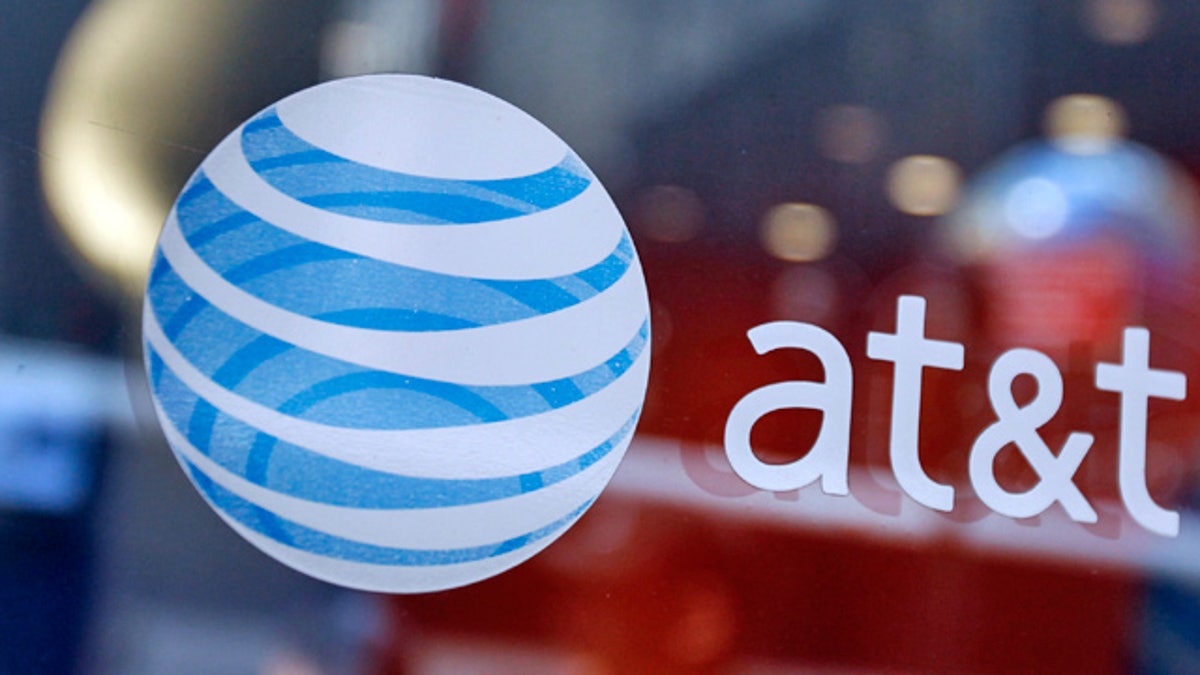
(Reuters)
AT&T Inc. flipped a switch and turned on its 4G wireless network Wednesday. The switch, however, was in the company's marketing department.
By relabeling its existing 3G network, the country's second-largest wireless carrier joined the noisy fray over so-called fourth-generation wireless technology, which promises mobile Internet speeds so fast that huge files can be downloaded in minutes and streaming video can be watched without the interruptions of earlier-generation technologies.
As recently as September, AT&T executives had referred to the company's current network, which runs on a technology it calls HSPA-plus, as 3G. But AT&T has subtly shifted its marketing message since then, now proclaiming "the nation's fastest mobile broadband network" instead of the fastest 3G network.
The 4G network claim is already prominent on its corporate website and will be affixed to new phones being rolled out for its network this year.
AT&T also said it will spend more aggressively to complete an even more advanced network technology called Long-Term Evolution by the end of 2013, a year ahead of its previous target. That acceleration, however, won't be felt until 2012.
AT&T is under pressure to catch up with its major rivals, all of whom are using claims of fourth-generation speeds to win wireless customers. The claims are relatively easy to make, because wireless standards bodies don't have firm 4G definitions. As a result, carriers are labeling most all advances in speed as 4G.
"The whole industry has come to equate more speed with 4G," said Ralph de la Vega, chief executive of AT&T's wireless unit. He says consumers generally won't notice the difference in speed between AT&T's HSPA-plus and upcoming LTE networks, so it makes sense to call both 4G.
Smartphones and tablets geared for 4G networks have a leading role at this week's Consumer Electronics Show in Las Vegas, the gadget industry's annual bonanza. But the carriers' lack of agreement on what the label entails is muddying the water for consumers, who will have a hard time predicting what kind of speeds their phones might get.




















